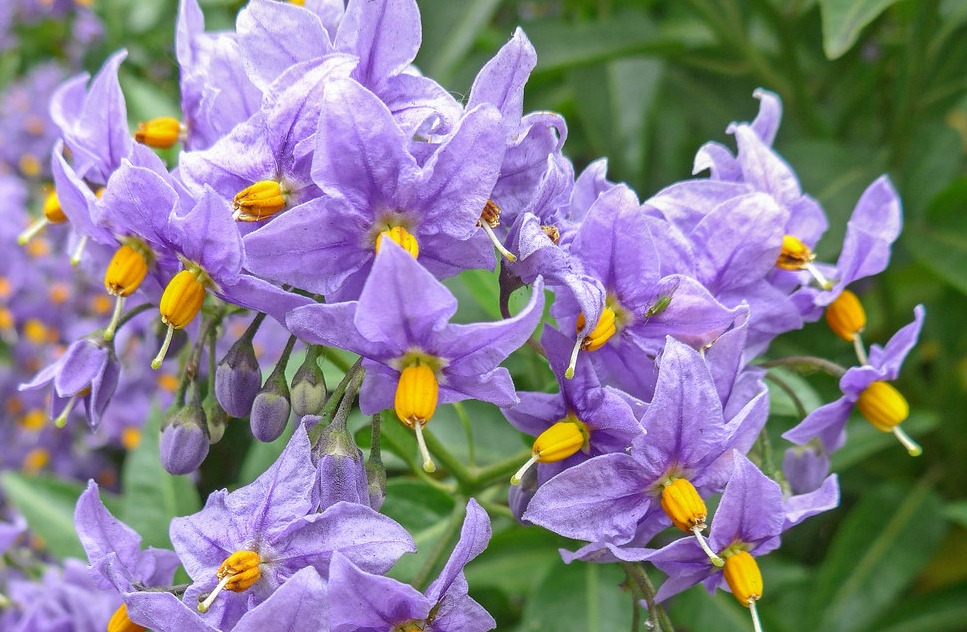10 Beautiful But Poisonous Plants
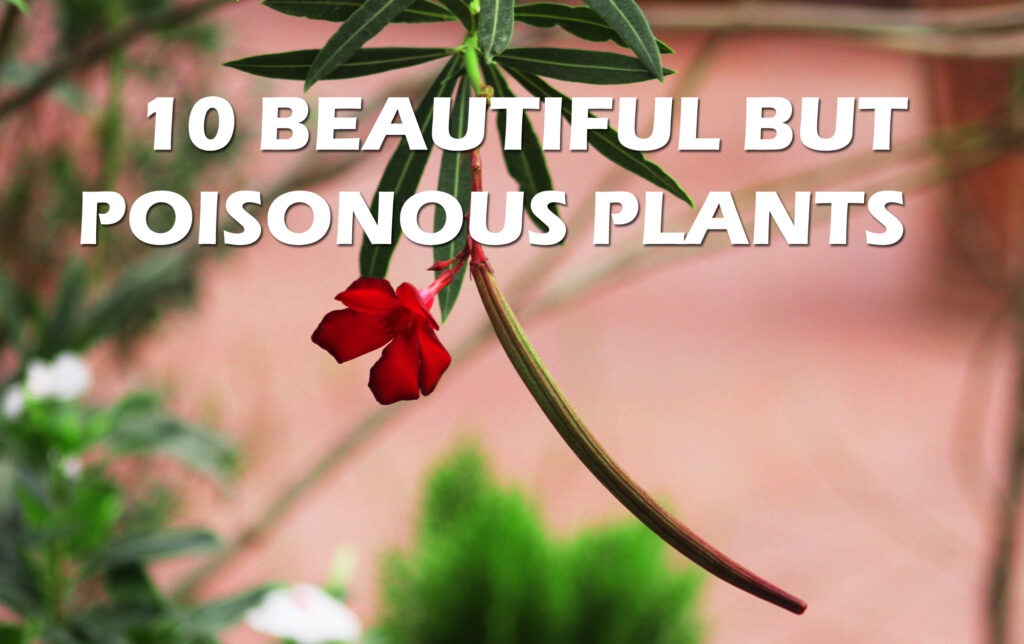
In our gardens, in our balconies, in the forests, some plants are very beautiful and shiny, but in reality they are not as beautiful as they appear. Generally, these plants are venomous and secrete poisons to ensure their defense against predators. Their toxicity can harm or even kill Humans, Dogs and Animals.
Here are 10 of the most common poisonous plants to avoid any accident!
1. Foxglove
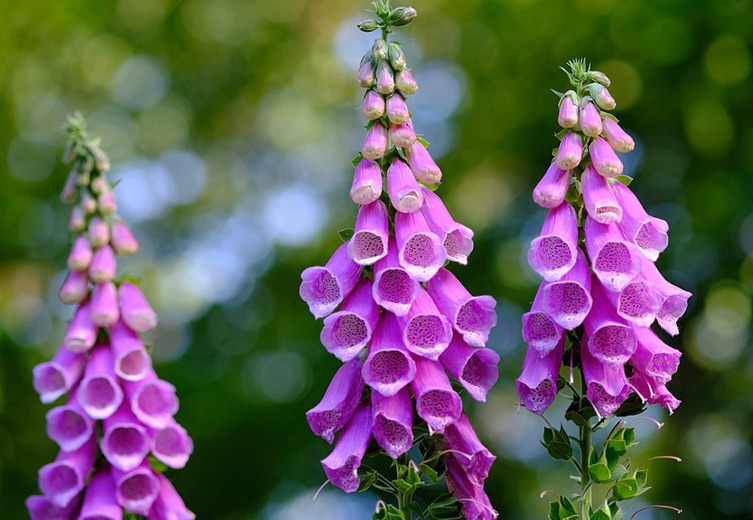
In spite of being a medicinal plant, foxglove is unsafe for self-medication because all its parts are venomous. This member of the snapdragon family may provoke diarrhea, vomiting, hallucinations, and even death. In medicine, the digoxin extracted from the plant can be used for congestive heart failure.
2. Oleander
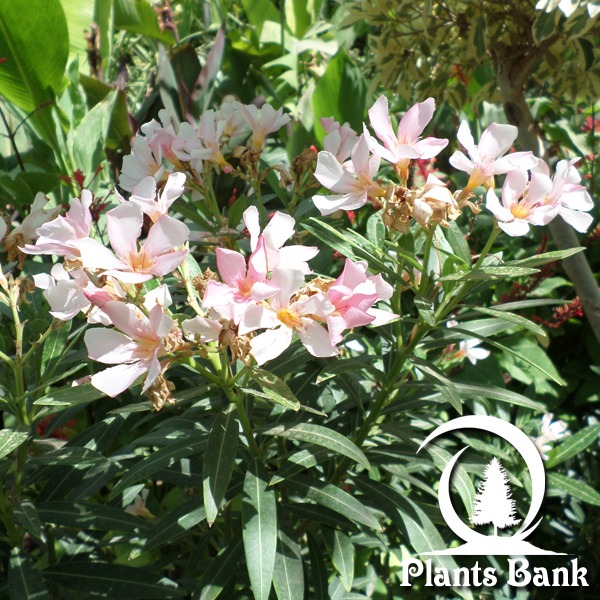
Very widespread in the Mediterranean region and always pleasant to watch, Oleander is one of the more deadly shrubs, and all the parts are poisonous without exception. It is a beautiful plant known for its wonderful flowers with a red, pink, yellow or white color. Just touching this plant can cause skin irritation, while consumption of a very small amount can cause complications that can lead to death.
3. Castor Bean
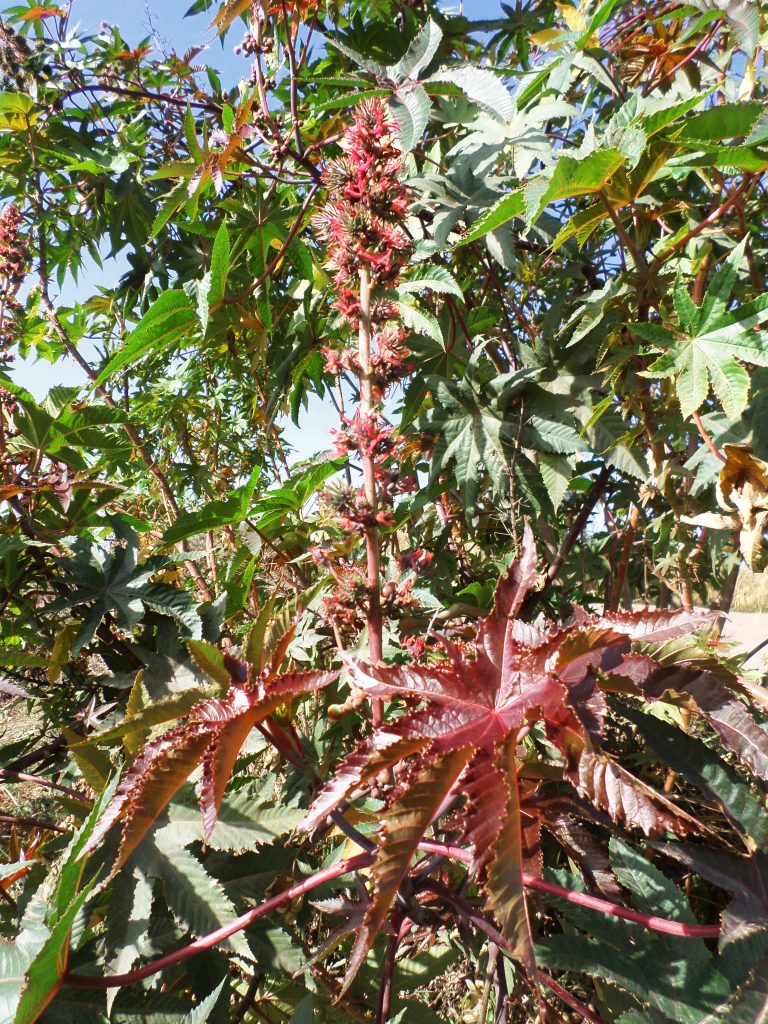
Ricinus communis, known commonly by Castor bean is widely grown as an ornamental plant because of its striking leaves and attractive flowers. Although, its seeds are ones of the deadliest around the world, for containing ricin, cyanine and hydrocyanic acid.
4. Aconitum napellus
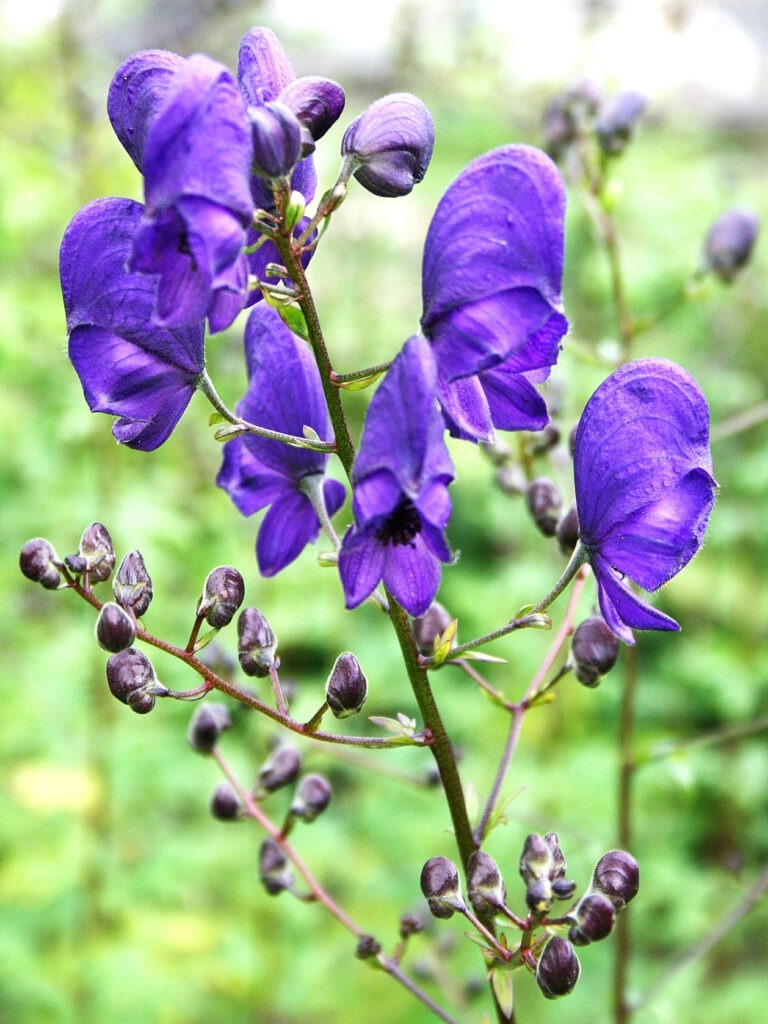
All parts of this perennial plant are extremely toxic, hence its name “the devil’s helmet”. Despite its beauty, it can cause paralysis of the cardiac muscles or of the entire respiratory system, resulting in death. Even touching its leaves may result in numbness, so wear gloves when dealing with it.
5. Thorn Apple
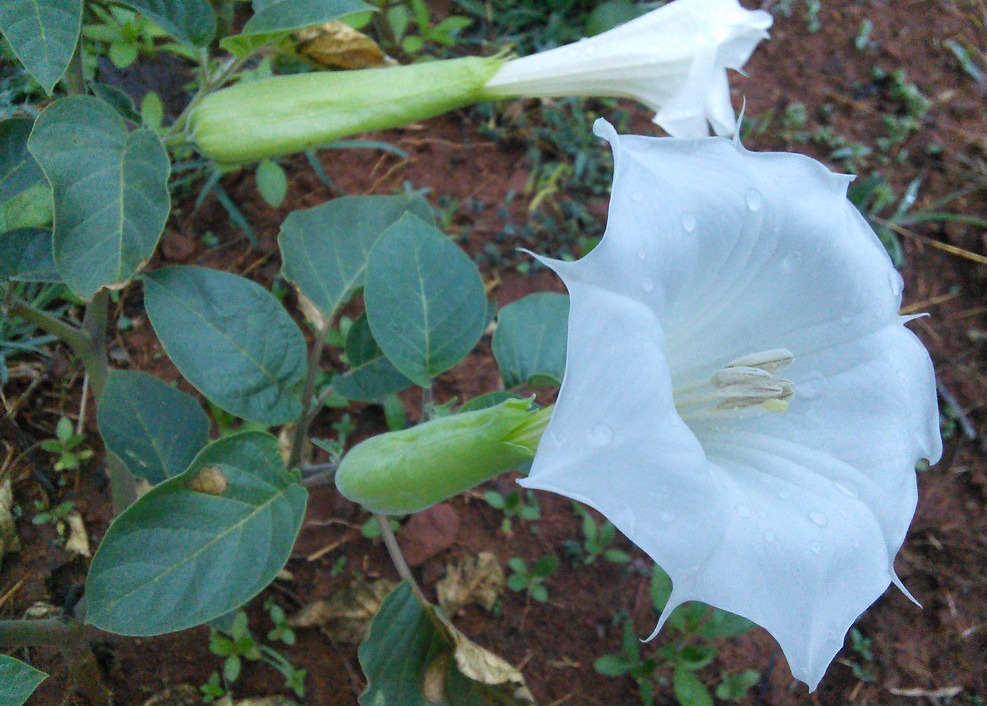
Datura stramonium, commonly known by thorn apple, is an annual medicinal plant belonging to Solanaceae family. This plant is the most toxic of all members of Solanaceae family. All the parts are poisonous and contain hyoscyamine, scopolamine and atropine. Be careful of this plant because just a small amount can induce health complications.
6. Bitter Nightshade
This plant belongs to the Solanaceae family and it’s highly toxic especially leaves and fruits, while green fruits are more toxic than red ones (very rich in alkaloids). The consumption especially of the green fruit can induce vomiting, diarrhea, headache and sometimes coma or death by cardiorespiratory distress.
7. Hemlock
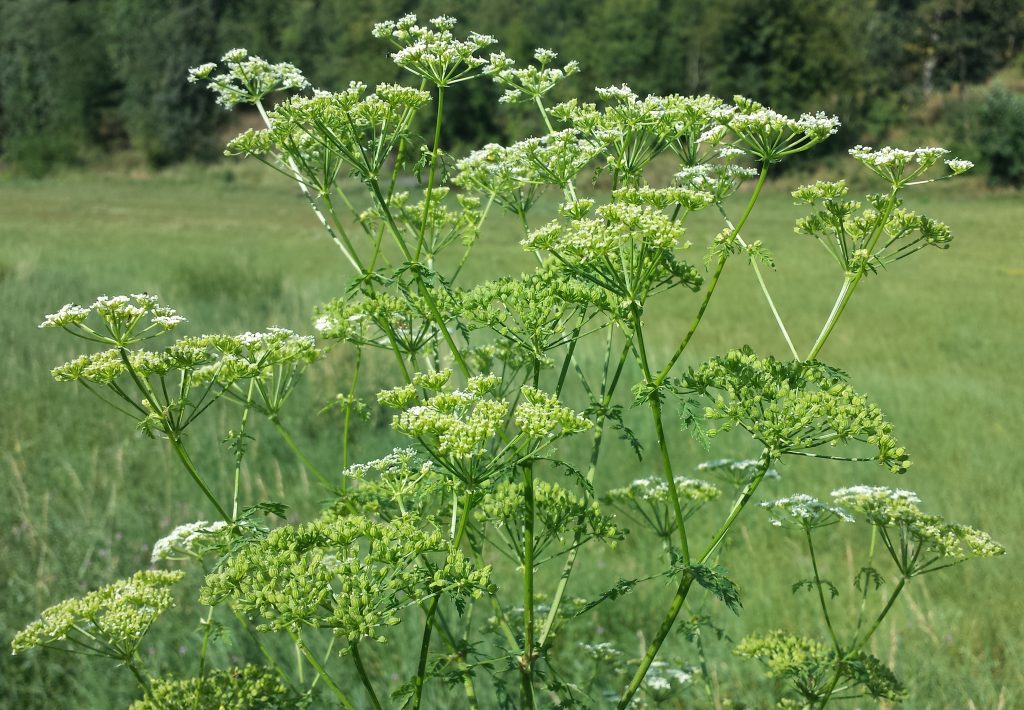
This plant known scientifically by Conium maculatum is an herbaceous herbaceous of the Apiaceae family. It has an unpleasant odor and it is highly poisonous. Two toxic substances are coniine and Ɣ-conicine. Their concentrations are approximately 0.05% in the root, 0.20% in the leaves, 0.25% in the flowers and 0.90% in the immature fruits and up to 4% in the mature fruits.
8. Fly honeysuckle
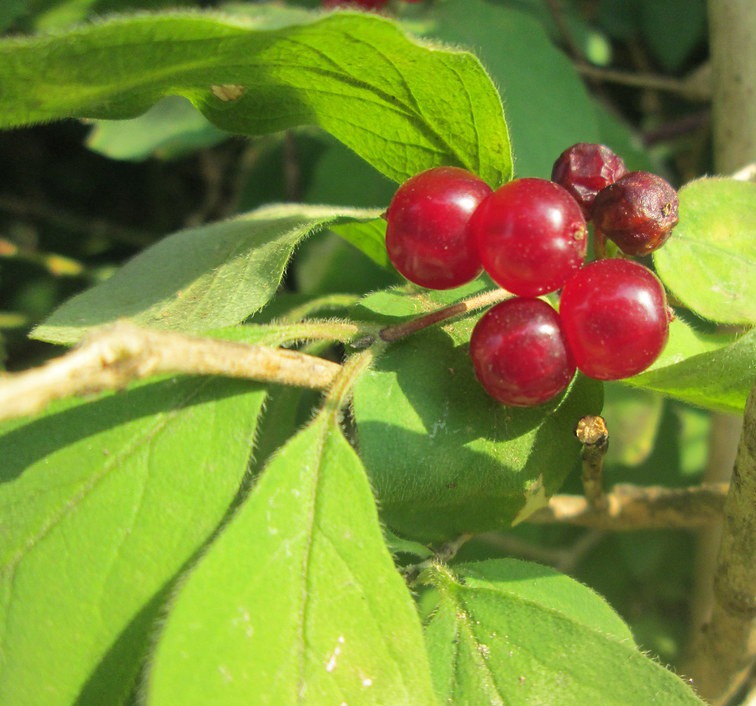
Lonicera xylosteum is a deciduous shrub of the Caprifoliaceae family. It is used as a plant barrier in gardens and its red poisonous fruits can be attractive especially for children. Severe poisoning is induced if consumption of 2 berries by children and 30 berries for adults.
9. Tobacco
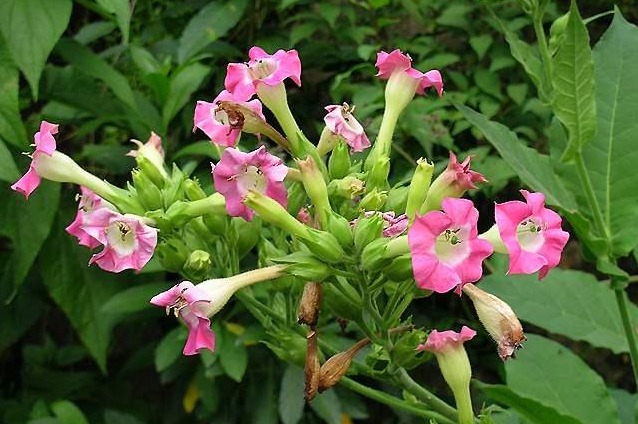
All part of Nicotiana tabacum, especially the leaves, are poisonous and can be deadly if eaten. It contains the toxic alkaloids nicotine and anabasine the most powerful poisons known. In addition to that Tobacco is recognized as a carcinogenic plant.
10. Calla lily
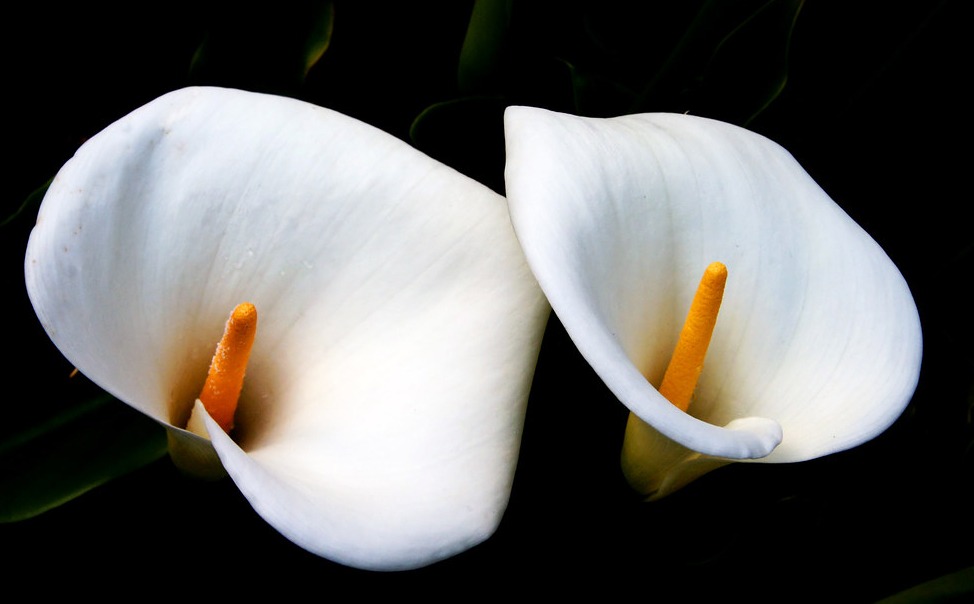
Calla lilies are one of
the most wonderful flowers with a unique flower form. Despite its beauty and popularity, you have
to be prudent because of the poisonous Asparagine protein found in the roots of
this plant.
